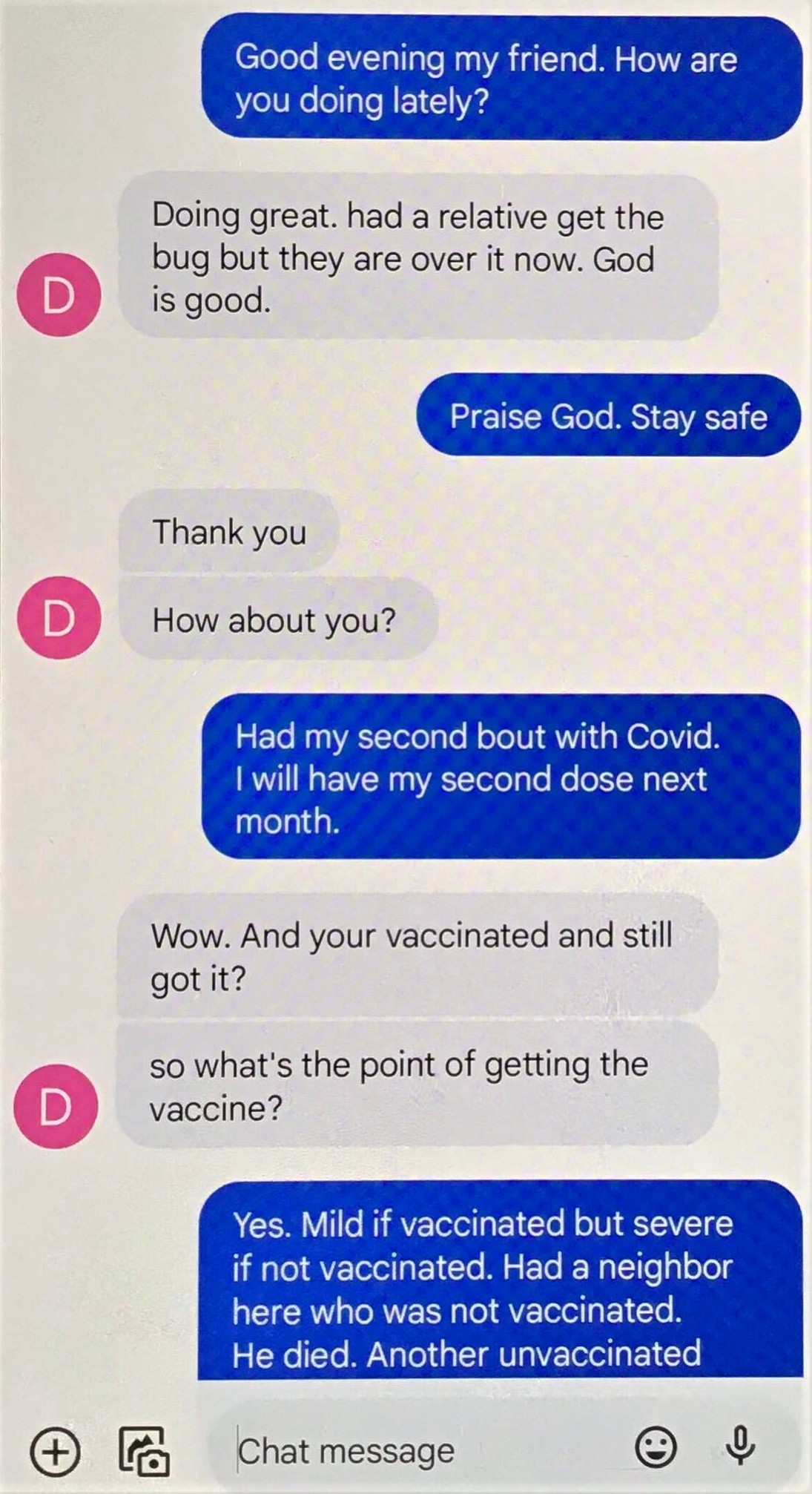Text and Photos by Henrylito D. Tacio
“Text messaging, or texting, is the act of composing and sending electronic messages, typically consisting of alphabet and numeric characters, between two or more users of mobile devices, desktops/laptops, or another type of compatible computer.”
That’s how Wikipedia defines the phenomenon which most people around the world are now using. It has replaced the telegram as the fastest way of sending messages to people. It has also made writing letters obsolete.
According to Wikipedia, the term originally referred to messages sent using the Short Message Service (SMS). It has grown beyond alphanumeric text to include multimedia messages using the Multimedia Messaging Service (MMS) containing digital images, videos, and sound content, as well as ideograms known as emoji (happy faces, sad faces, and other icons), and instant messenger applications.
In North America, the United Kingdom, Australia, New Zealand, and the Philippines, it is simply called “text.” But in most of mainland Europe, it is known as SMS. In the Middle East, Africa, and some parts of Asia, it is called either MMS or SMS.
Let’s go back in time and learn its history. The electrical telegraph systems, developed in the early 19th century, used simple electrical signals to send text messages, according to Wikipedia. In the late 19th century, wireless telegraphy was developed using radio waves.
SMS messaging was used for the first time on December 3, 1992. In 1995, SMS was introduced in the Philippines. Three years later, the Philippine mobile service provider launched SMS more widely across the country, with an initial television marketing campaign targeting hearing-impaired users.
“The service was initially free with subscriptions, but Filipinos quickly exploited the feature to communicate for free instead of using voice calls, which they would be charged for,” Wikipedia noted. “After telephone companies realized this trend, they began charging for SMS.”
In just less than a decade, the use of text messaging on the country’s mobile phone network has changed the personal and political lives of Filipinos. “The characteristics of connectivity, speed, cost-effectiveness, mobility and confidentiality of text messaging and its adaptability to Filipino culture has made SMS the most popular form of private communication technology in the country,” wrote David Celdran in an essay.
In fact, text messaging became a powerful tool for Filipinos in promoting or denouncing issues. It was “a key factor during the 2001 EDSA 2 revolution, which overthrew then-President Joseph Estrada, who was eventually found guilty of corruption.”
The thickly-populated China and India have the most people who send SMS. China comes first with 1,081 million people, and India follows with 730 million. But the Philippines is considered the “text capital of the world.” The reason: due to the large volume of text messages sent throughout the country.
Based on 2009 statistics, there are about 72 million mobile service subscriptions (roughly 80% of the Filipino population), with around 1.39 billion SMS messages being sent daily, Wikipedia reports.
You may not believe this, but there are rules that guide texting behavior. “It’s become an art form over the past decade or so, complete with widely accepted, yet unspoken, etiquette,” said wordgenius.com. “People probably won’t tell you you’re doing it wrong, but you could accidentally be sending mixed signals.”

Fortunately, wordgenius.com gives some tips on how to do texting properly. Since most of you haven’t heard of the website, allow me to share them with you:
First of all, use emojis judiciously. “In a text-based form of communication with no indication of tone or intent, emojis add meaning and nuance to your text. If you don’t use them, you run the risk of coming off as bland or even like you don’t want to talk to that person at all. Feel free to sprinkle them into your messages, but think about the context.”
You better watch your punctuation. “The harshest thing you can do is end your text with a period. Seriously. Periods come off as flat at best and at worst, hostile. You’re better off using no punctuation at all if you want to sound neutral. (It’s okay. It’s not a school paper.) Punctuation quantity matters, too. A single exclamation point is fine for a coworker or a casual acquaintance. But if you’re talking to your bestie, feel free to use it liberally.”
If at all, avoid sending successive texts. The worst thing is when a person sends 16 texts separately in the span of 30 seconds. Why should you avoid doing such? “If you’ve ever been that person who forgot to silence their phone in a meeting, you’re probably dying inside. Even reading that was annoying, wasn’t it? Don’t do this. Spare your loved ones. They will thank you.”
Don’t use all caps, that’s another no-brainer suggestion. AFTER ALL, NO ONE WANTS A TEXT THAT SCREAMS AT THEM. “Unless it’s mutual, when you’re yelling about the season finale you just watched. That is the ONLY time it’s appropriate. Otherwise, all caps texts are just stress messages. You can say what you need to say with lowercase letters.”
Finally, use the right laughter level. “Are you LOLing? ROFL? What about an LMAO? Some people will use a LOL at the end of a sentence, almost like a punctuation mark, to indicate lightheartedness or even sarcasm.
“And then there’s the reliable ‘haha.’ When communicating with someone, decide how many “ha’s” are appropriate. A single ‘ha’ conveys less humor and can even come across as short and annoyed. The more’ ha’s,’ the funnier the last message actually was, and you’d do well to know how invested you want to appear to the other person.”
HA HA HA HA!

